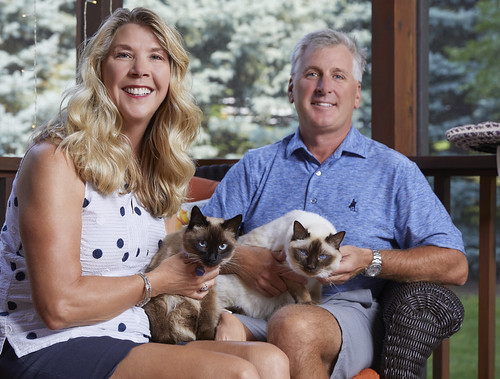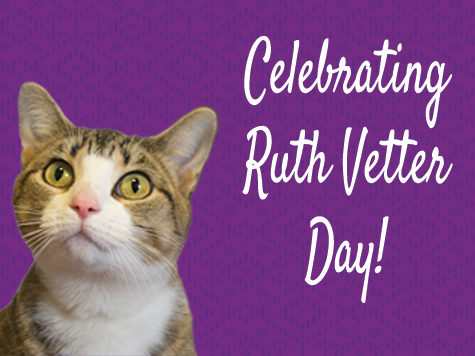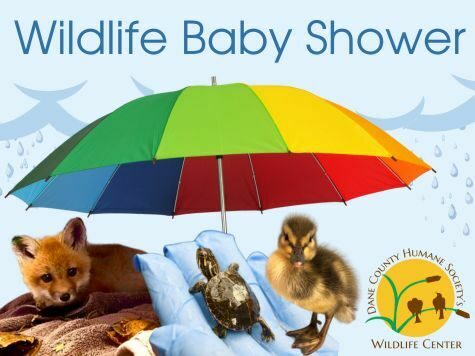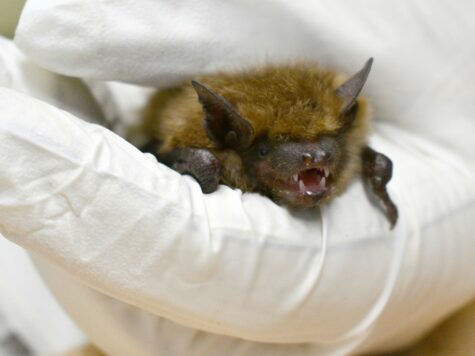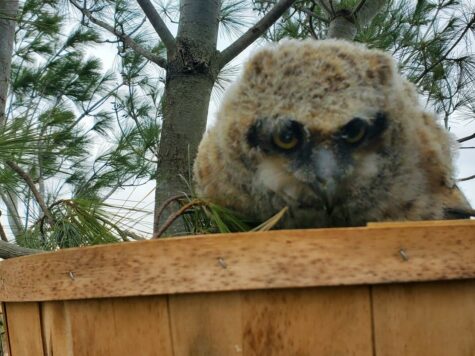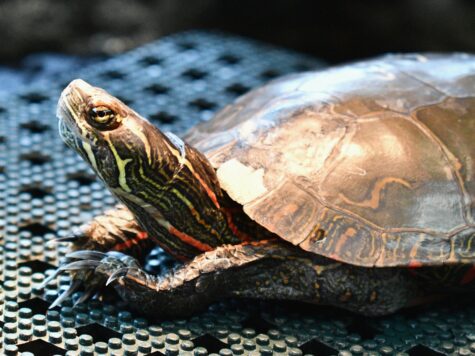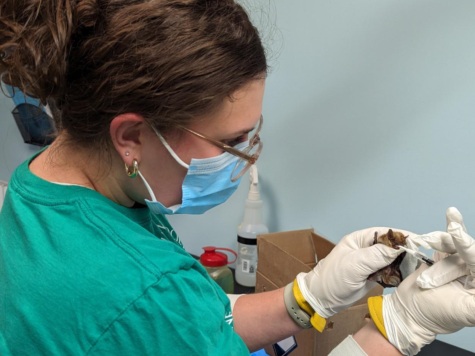Kim Leja grew up with animals, but it was the cats who held her heart.
“I spent most of my time in the barn with my horses and barn cats,” she says. “I was always super drawn to the cats, and so was the caregiver to them.”
Kim grew up in rural Columbia County on a small farm with cattle, chickens, goats, plenty of dogs, and, of course, barn cats. She was involved with the rodeo circuit and learned to love all animals by seeing the amazing gifts animals give to humans. This upbringing taught her the responsibility of caring for animals.
“I think you learn kindness from them. They are always happy to see you, and they show us we should be happy for each day.”
With her background, it’s no surprise Kim has become an active participant in the animal welfare community. She enjoys leading the charge when it comes to getting sponsorships for DCHS’s annual Bark & Wine event.
“It allows me to reach out to friends and businesses to show them all the wonderful work that DCHS provides,” she says.
She also fosters kittens and cats for local rescues.
“It brings such joy to us as we send these little ones on their way to FURever homes with a great start. The support I get for being a foster is wonderful at DCHS.”
In addition to her work on Bark & Wine and fostering kittens, Kim found another way to ensure continued support of animals in need. She is now one more of the many volunteers and donors who have chosen to include DCHS in their estate plans.
“We love the mission and goals that DCHS has set out to do. They want to do the best they can for ALL animals in their care. We see all the good they do each day with sick and injured animals and wildlife. Our community is a better place because they are in it, because they have compassion for the animals in their care.”
Her planned gift carries forward her compassion and concern for animals, providing resources that create new opportunities to help more animals in our community and ensuring a bright future for DCHS.
“We want the wonderful work to continue even after we cannot be involved,” she says.
If she could pass anything along to the next generation? “Pets are for life. Do everything you can to give them the best life when they are in your care. In return, you will receive unconditional love.”
It’s easy to create your own legacy for animals in our community. Contact Amy Good at (608) 838-0413 ext. 129, agood@giveshelter.org or visit our Legacy Giving page to learn more.
And if you’ve already included DCHS in your plans, please let us know. We would like to thank you.
